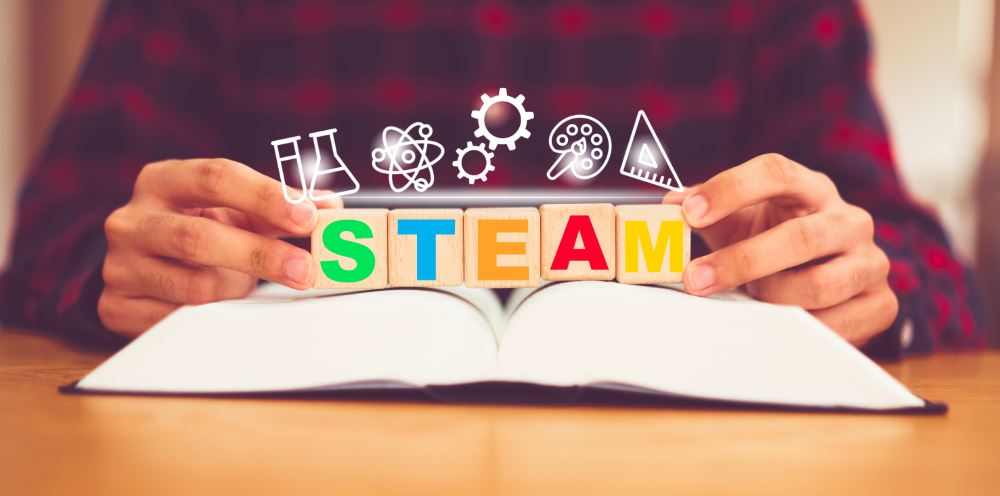STEAM

What is STEAM?
STEAM is an acronym that stands for Science, Technology, Engineering, Arts, and Mathematics. This educational approach integrates these five disciplines to create a more holistic and interdisciplinary learning experience.
Why is STEAM education important?
In today's world, technology and innovation are constantly evolving, and the demand for professionals in STEAM fields is increasing rapidly. However, according to recent studies, there is a significant skills gap in the STEAM workforce. To address this, we need to encourage and support students to pursue careers in these fields. By providing students with a STEAM education, we are equipping them with the skills and knowledge needed to succeed in the modern workforce.
What are the benefits of STEAM education?
STEAM education has numerous benefits for students. It teaches them critical thinking, problem-solving, and collaboration skills. It also encourages creativity and innovation by allowing students to explore and experiment with different ideas and concepts. Additionally, STEAM education promotes a lifelong love of learning and can lead to exciting and fulfilling career opportunities.

How do we implement STEAM education effectively?
There are several strategies that we use to implement STEAM education
effectively.
Project-based learning: STEAM education is all about hands-on, experiential learning. Teachers can design projects that encourage students to apply their knowledge and skills to solve real-world problems. These projects can be interdisciplinary and collaborative, incorporating elements from multiple STEAM disciplines.
Technology integration: Technology is a critical component of STEAM education. Teachers can use a variety of digital tools to enhance the learning experience, from virtual labs to coding programs.
Artistic expression: Incorporating the arts into STEAM education is essential to promote creativity and innovation. Art can help students connect with science and math concepts in a more tangible and accessible way.
Community partnerships: Collaborating with local businesses and organizations can provide students with real-world experiences and opportunities to learn from professionals in STEAM fields.
In conclusion, STEAM education is a vital approach to education that prepares students for the challenges and opportunities of the modern world. By integrating science, technology, engineering, arts, and athematics, we can create a more comprehensive and interdisciplinary learning experience that promotes critical thinking, problem-solving, and creativity. With effective implementation strategies, we can equip students with the skills and knowledge they need to succeed in the STEAM workforce and beyond.

